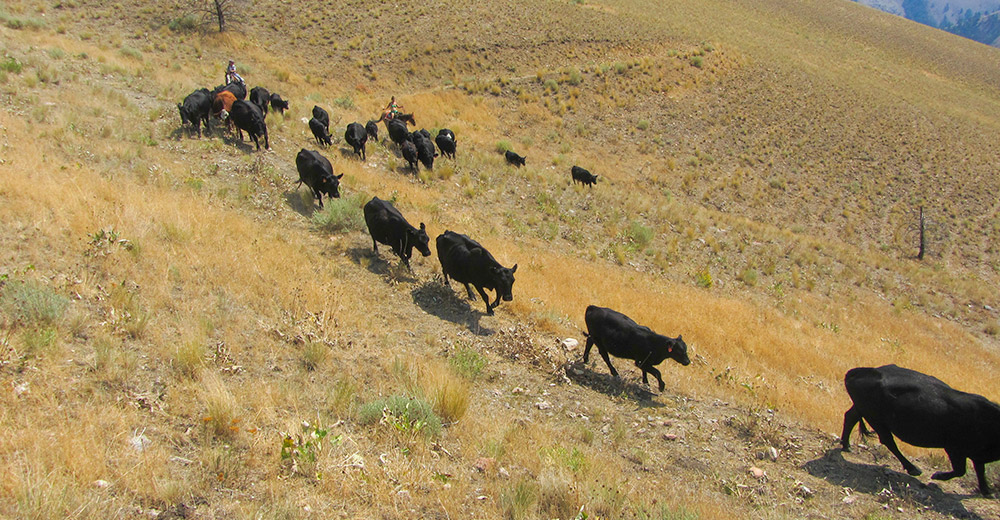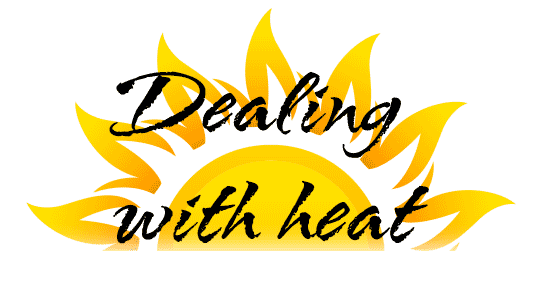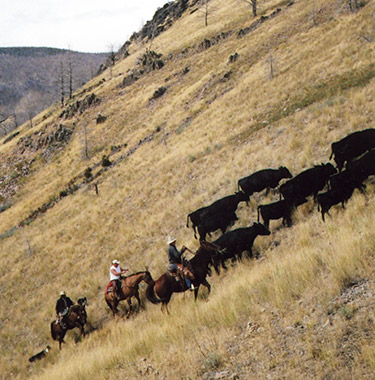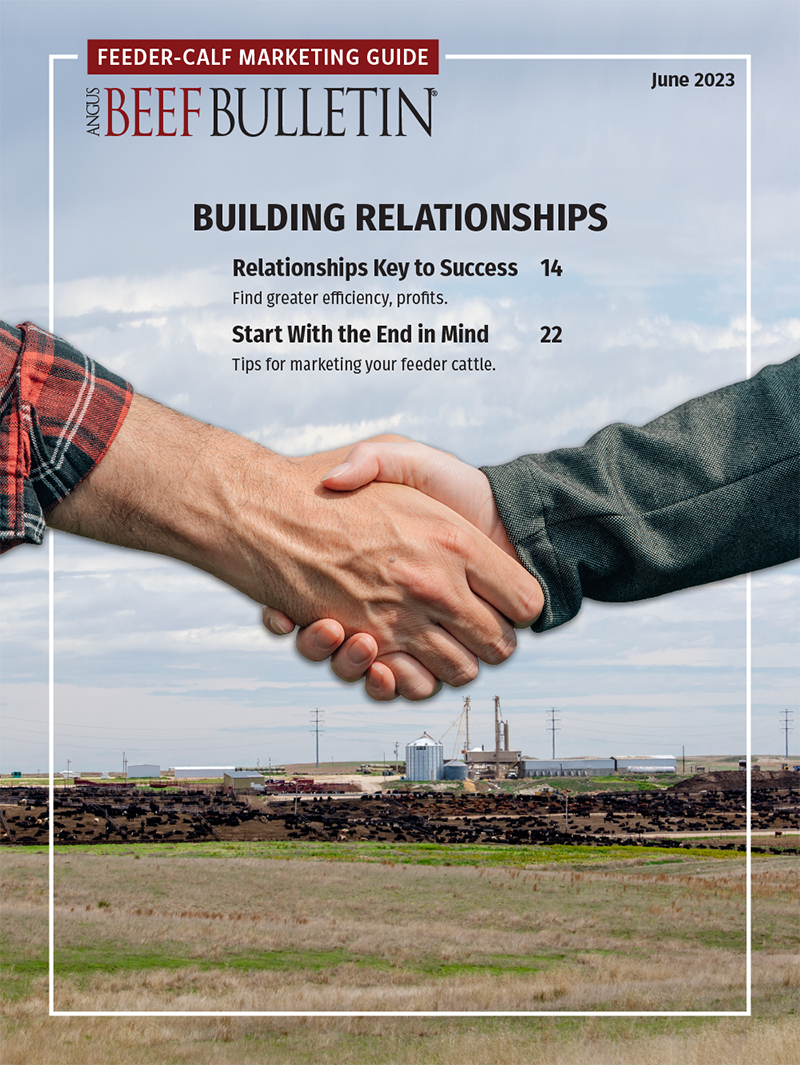
Avoid Heat Stress When Moving Cattle

Timing, water and rest are imperative when moving cattle.
Cattle overheat quickly if they have to exert very much on a hot day. Moving cattle is always safer if you start early in the morning. Ray Randall, veterinarian in Bridger, Mont., says that if it gets hot before you get to your destination, you may have to stop and let cattle rest, preferably where they might have some shade. You may be able to give them a break until later in the afternoon, he says.
“One of the big advantages today, compared to earlier times, is that we don’t have heel flies anymore. Those were a huge stress to cattle, making them run to try to get away from the flies. This was often a detriment when trying to move cattle. Since the advent of ivermectin for deworming cattle, I haven’t seen a grub for about 20 years. This is a big help. It used to be when heel flies hit the cattle or botflies hit the horses, you might as well stop trying to move cattle,” says Randall.
Black cattle don’t handle heat quite as well as differently colored cattle, and this needs to be taken into account when moving them. The main thing when moving any herd is to take them slow, and let them go their own speed. No chasing or yelling, he says.
Signs of overheating in cattle include panting open-mouthed, excessive slobber or trying to lie down. A person needs to slow down or stop and give them a rest before they get to that point. Some ranchers do that routinely; they move cattle for a couple hours then let them stop and rest awhile before moving on, he says.
 |
The main thing when moving any herd is to take them slow, and let them go their own speed. No chasing or yelling, he says. |
“If it’s going to be a really hot day and it’s a move you don’t absolutely have to make today, postpone and do it another day. It’s expensive if you get cattle too stressed, especially if you lose one,” says Randall.
If a person uses dogs, they need to be well-trained and not chase cattle unnecessarily. Dogs can be counterproductive if they move cattle faster than they need to go, or get the cattle upset and stressed.
Heidi Carroll, livestock stewardship extension associate with South Dakota State University, says cattle need water along the way or immediately upon arrival at your destination. Dehydration is a major factor in heat stress, she says.
“When moving cow-calf pairs, do it as early in the day as possible, but make sure calves have time to get mothered up and nursed before you start moving the herd. They won’t be as likely to get dehydrated, if they’ve had some milk. Monitor how the calves are doing along the way; let them be the indicator of stress,” she explains.
Calves often show signs of heat stress — panting and breathing with their mouths open, or trying to lie down — before the cows do.
“Let the calves set your pace and influence your decision regarding whether you need to stop. They may need a chance to rest before you continue,” she says.
Try to avoid a lot of dust. Dust can increase stress, and potential for respiratory challenges. Depending on terrain and the path, try to travel through areas that would be least dusty, such as in grassy vs. bare ground, she says. There will also be less dust if you allow cattle to string out and travel their own speed single file, compared with a big mob being pushed and chased by riders and dogs.
Any time cattle are grouped too tightly, there will be more stress, more energy wasted in cows worrying about their calves, etc. Cows stay more relaxed if they can string out with their calves at side or following, going their own speed, and the calves will also be less stressed because they know where mama is.
Editor’s note: Heather Smith Thomas is a cattlewoman and freelance writer from Salmon, Idaho.



